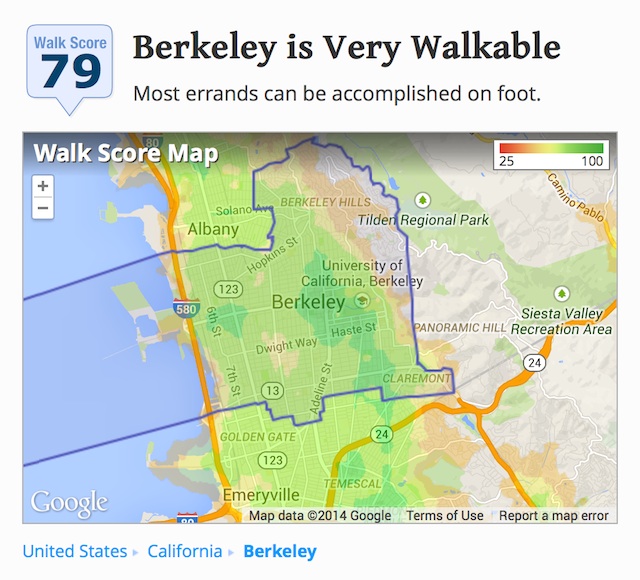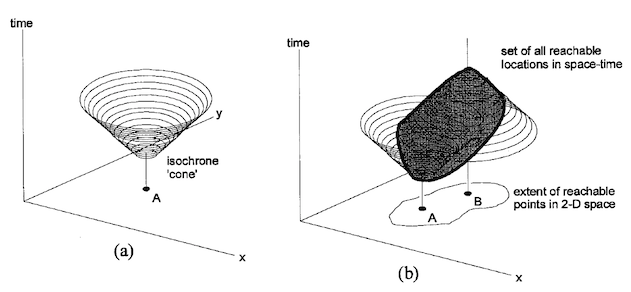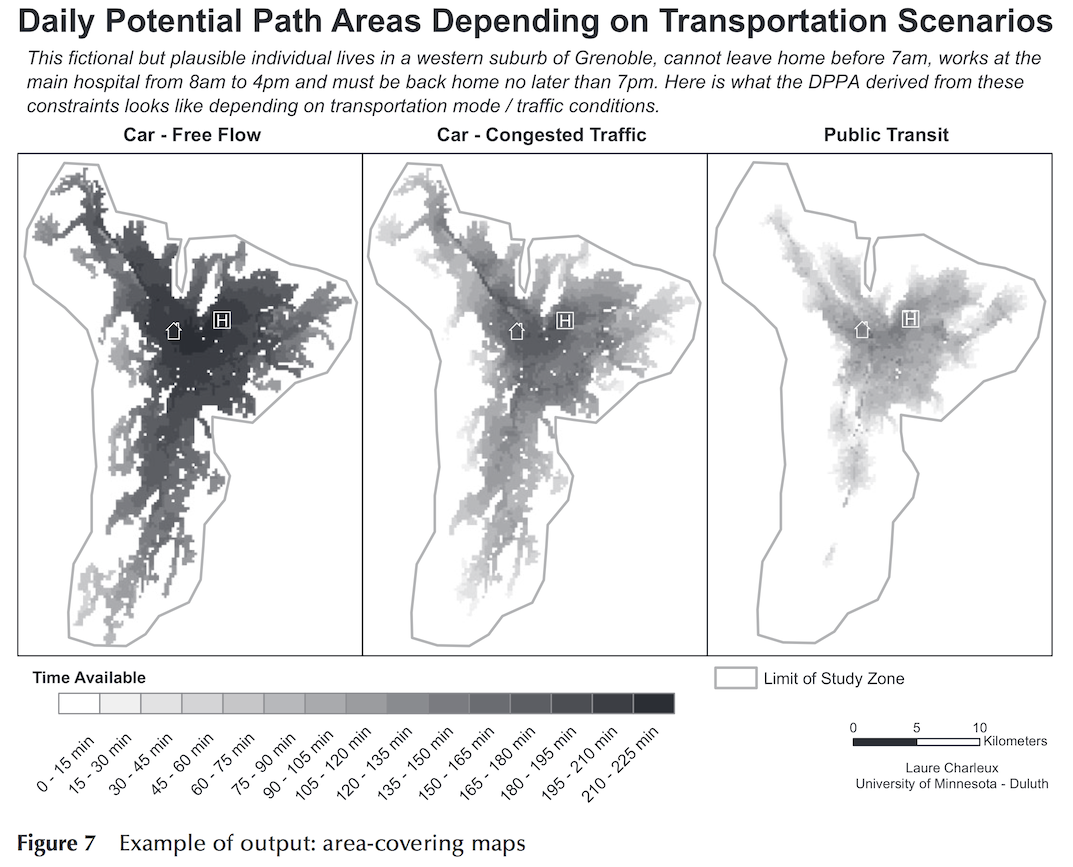
Atlas of the Historical Geography of the United States
by Charles O. Paullin and John K. Wright
see dsl.richmond.edu/historicalatlas/
source mapnificent.net

pond near Japanese National Museum, Tokyo, 2012
visualization of gaps between prime numbers
source digitalnoah.com
construction of Hoover Dam Bridge
photography by Jamey Stillings
overpacked bicycle Guangzhou, China
picture by Andreas Norman
blue plaque in London
commemorating
inventor of time travel
thestateofthenationuk.
blogspot.com
The Georgia Aquarium
image by Zac Wolf, source
commons.wikimedia.org




From O’Sullivan D, A Morrison, J Shearer. 2000. Using desktop GIS for the investigation of accessibility by public transport: an isochrone approach. International Journal of Geographical Information Science 14(1), 85-104.



Okinawa Churaumi Aquarium Okinawa Aquarium